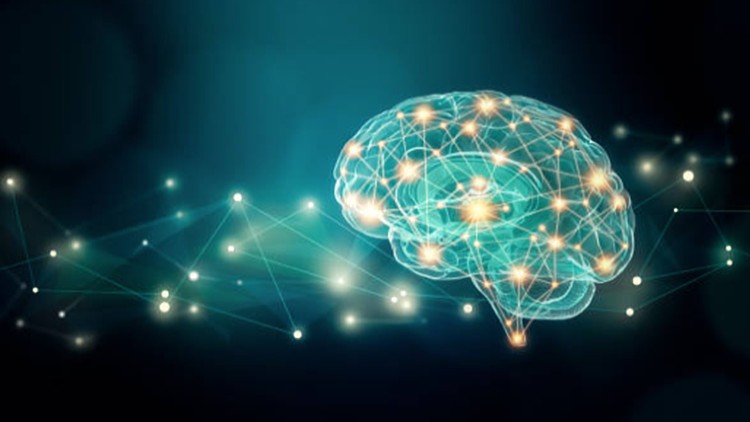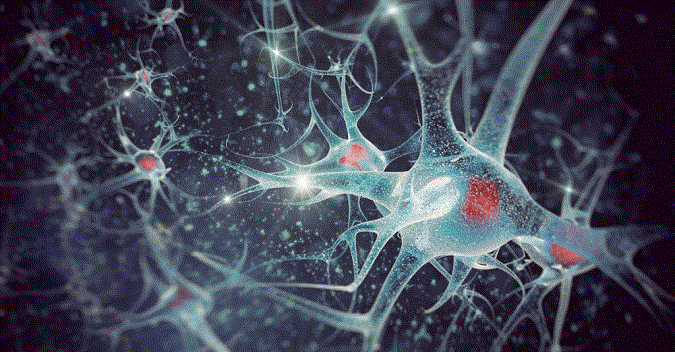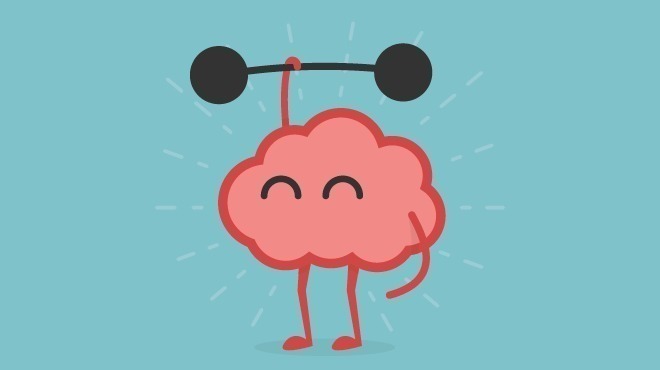Posts Tagged ‘neuroplasticity’
Best books on brain health and cognitive fitness according to ChatSpot and ChatGPT
Out of curiosity we queried a couple popular AI chatbots, ChatSpot and ChatGPT free versions, about the best books in a couple of key topics we discuss a lot in this blog. Here are the fascinating results, and some brief commentary at the end. (Links open corresponding Amazon book pages.) Best books on brain health, per…
Read MoreBrain Health in 2030: Navigating Neuroplasticity & the Digital Health Market
Brain Health in 2030: Navigating Neuroplasticity & the Digital Health Market from SharpBrains Keynote delivered by Álvaro Fernández, CEO of SharpBrains, during corporate retreat. Key message: Our very human brains and minds are the most sophisticated technology at our disposal, so we should invest more time learning about how they work and harnessing neuroplasticity-based methods…
Read MoreLifestyle matters: What we can do in 2024 to optimize cognition and life, delaying cognitive problems even dementia
Walk 10,000 steps a day, cut back alcohol, get better sleep at night, stay socially active — we’re told that changes like these can prevent up to 40 per cent of dementia cases worldwide. Given that dementia is still one of the most feared diseases, why aren’t we pushing our doctors and governments to support…
Read MoreOn neuroplasticity, cognition, aging, medication, Alzheimer’s, board games, brain teasers, and more
Welcome to a new edition of SharpBrains e‑newsletter, featuring fascinating research findings on neuroplasticity, cognition, aging, medication, Alzheimer’s, board games, and more, plus some brain teasers to get you in great shape for Halloween. #1. Study: Playing board games like Chess, Mahjong, Go, helps slow cognitive decline as we age (but with clear differences in…
Read MoreNext: Harnessing Neuroplasticity, Medication AND Psychotherapy to treat mental health conditions
There is mounting recognition in the scientific community that combining different treatment approaches for mental health conditions can create a benefit greater than the sum of its parts. As a clinical psychologist and neuroscience researcher, I have been working to integrate insights from both fields to expand treatment options for those suffering from depression, anxiety and…
Read MoreStudy: A combined cognitive-physical training approach may enhance both mind and body as we age
A combined cognitive and fitness training helps restore older adults’ attention abilities to young adult levels (PsyPost): A new study found promising results for a combined physical fitness and cognitive intervention designed to enhance neuroplasticity in older adults. Using a motion-capture video game, the intervention appeared to remediate age-related declines in attention. The findings were…
Read More



